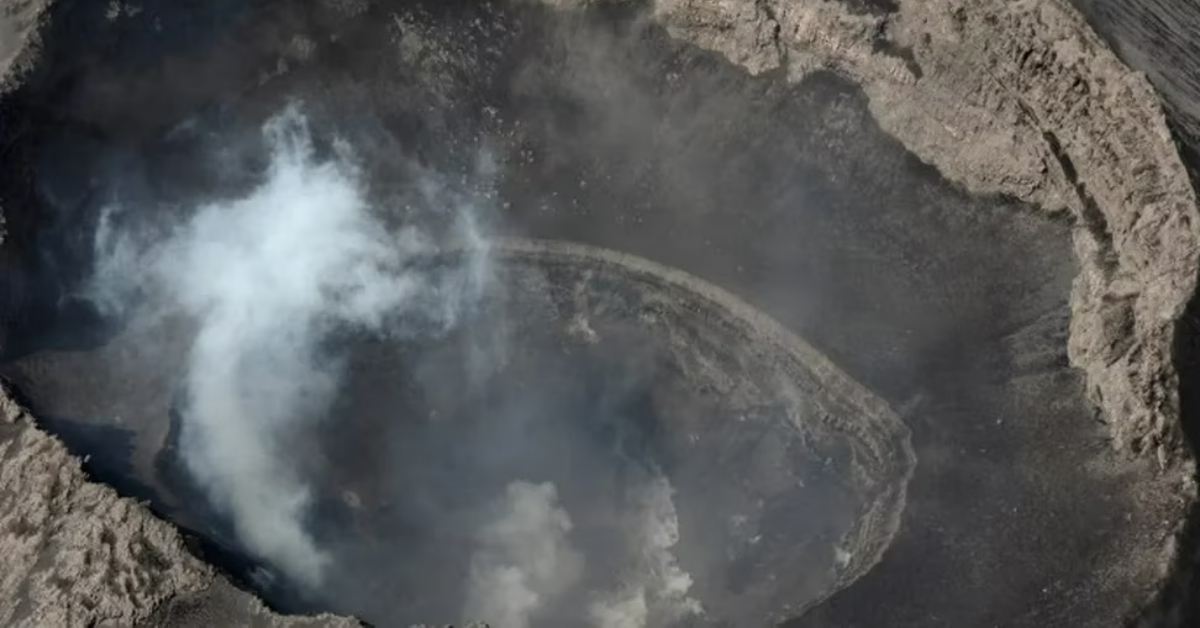In the last 24 hours, at least 128 exhalations, 249 minutes of tremors, a minor explosion, and a volcanotectonic earthquake have been recorded, which is why the population is urged not to approach the volcano . . .


In the last 24 hours, at least 128 exhalations, 249 minutes of tremors, a minor explosion, and a volcanotectonic earthquake have been recorded, which is why the population is urged not to approach the volcano . . .
